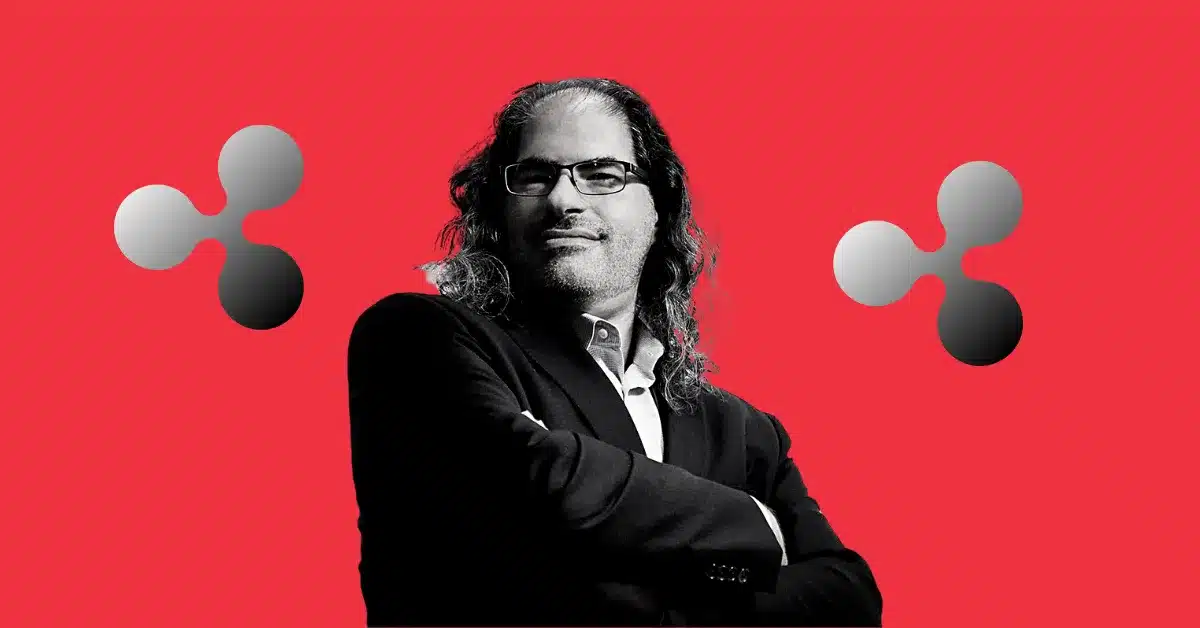- Ripple CTO and Coinbase CLO clarify the role of sequencers.
- Base sequencers are not exchanges, says Coinbase’s Paul Grewal.
- Fed rate cuts could drive a crypto market parabolic shift.
A recent conversation on X (formerly Twitter) revealed a critical misconception about Coinbase’s layer-2 platform, Base, as Ripple CTO David Schwartz and Coinbase CLO Paul Grewal clarified the role of sequencers. Many in the crypto community had wrongly equated these sequencers to traditional exchanges, but Grewal was quick to address this misunderstanding.
Grewal emphasized that sequencers are not exchanges. Instead, they function like “air traffic control” for the blockchain, organizing unordered transactions without engaging in asset trading.
He referenced the SEC’s definition of an exchange, which centers on facilitating buyer and seller transactions. Unlike exchanges, sequencers process and batch transactions like payments or smart contract calls without imposing marketplace rules.
To make this clearer, Grewal compared Base’s sequencers to cloud services like Amazon Web Services (AWS). Just as AWS hosts platforms without becoming an exchange, Base sequencers simply execute code and organize transactions, supporting blockchain scalability without handling trades directly.
Also Read: Dogecoin Struggles to Break Free from Consolidation, Analysts See Buy Zone
Schwartz Joins the Discussion, Strengthening the Argument
Ripple’s CTO, David Schwartz, joined the conversation to reinforce Grewal’s points. Schwartz explained that comparing sequencers to cloud services or CPUs was appropriate because they perform tasks based on predefined rules and do not interfere with the data they process.
Schwartz emphasized that no CPU or cloud service performs regulatory tasks such as Anti-Money Laundering (AML) or Know-Your-Customer (KYC) checks. Similarly, Base’s sequencers do not impose such controls on transactions.
Schwartz also warned that confusing sequencers with exchanges could fuel unnecessary fear and uncertainty about Base’s role in scaling Ethereum. He noted that sequencers are essential to ensuring a secure, scalable on-chain ecosystem, without which Ethereum would face difficulty handling the transaction volume needed for decentralized applications.
Institutional Forces Could Drive a Parabolic Move in Crypto
In a separate discussion, Coinbase’s Global Head of Investment Research, David Duong, outlined factors that could lead to a parabolic move in the crypto market. He highlighted the impact of institutional investments, Digital Asset Treasuries (DATs), and recent decisions by the Federal Reserve in shaping the market’s near-term trajectory.
Coinbase suggested that the recent 25 basis point rate cut by the Fed, combined with signals of future easing, could trigger a risk-on approach that would benefit digital assets.
With the Fed cutting interest rates and potentially lowering them further in 2025, analysts expect an influx of capital into the crypto market, even as crypto treasuries may slow their purchases. This shift in market conditions could provide the momentum for a significant upward movement in digital assets.
Also Read: Clanker Rejects Rainbow’s Acquisition Offer, Sparks Market Chaos

